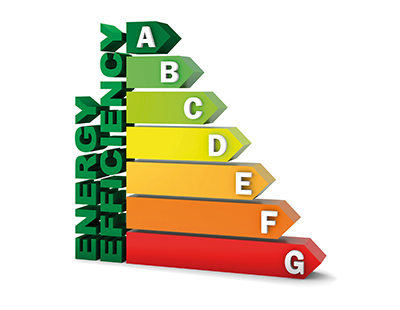With 2.9m homes needing to improve to meet the proposed changes, and an estimated average cost of £9,872 per home, Kamma says the total bill facing the sector could hit £29 billion.
Kamma’s analysis of its provisions raises key questions, it claims. The first of these is around costs and responsibilities.
Kamma’s assessment of the current EPC register for private rental sector properties suggests 65 per cent are below the target of EPC grade C, compared to a national average of 58 per cent. It would cost £29 billion to improve these rental units.
However the platform says cash support has been reduced from the £1.5 billion Green Homes Grant to just £562m in the form of a nationwide home upgrades fund targeting low income families.
Chief executive Orla Shields says: “The bill itself is a hugely important step in the right direction: it’s right to target poorly performing housing stock at this crucial time in the fight against climate change. More consideration needs to be given, however, to who and how this is going to be paid for.
“An increase in minimum EPC E to C is a dramatic rise and landlords won’t see any short-term benefits from lower fuel bills. Government policy is all stick and no carrot at this point.”
The second question raised by Kamma is on exemptions. These have yet to be finalised but, the PropTech platform warns of huge loopholes.
Landlords under the current minimum rating of E need to invest only a maximum of £3,500, which means 120,000 rental properties can still be let out despite being below an E rating.
Similarly the ‘all improvements made’ exemption qualifies an additional 1,000 properties that have run out of viable upgrades.
Kamma contends that both these categories of exemption will cover far more properties as the MEES threshold is raised.
The increased cost associated with increased targets means an additional 2.1m properties could qualify as exempt, or a staggering 73 per cent of the private rental sector.
One proposal in the Bill would see the maximum investment increase to £10,000 but Kamma claims this would deliver a huge affordability challenge to the market and create an incentive for non-compliance.
There are currently three per cent of rental homes below the current MEES rating of E but this number is also expected to rise dramatically when the new minimum becomes C.
Kamma says this either leaves 2.8m tonnes of emissions from UK homes still pumping into the atmosphere each year, leaving a hole in the Net Zero strategy.
It also raises the question of fairness as it penalises landlords that have properties in-line with the market average of EPC D and therefore needing a cheaper route to C, whilst landlords of the worst performing properties quickly hit the government’s cost ceiling.













%20-%20IMAGE%20Client%20Accounting%20%E2%80%93%20what%20are%20your%20options.jpg)
.png)








Join the conversation
Jump to latest comment and add your reply
Do we know if a property that is, say, currently a D with 9 years to run on the EPC is exempt from the upgrades to a C, or would a landlord be exempt during a current rental term, but could not re-let until upgrades were made?
As we saw with the change to E and above, new tenancies will come first in 2028, followed 6 or 9 months later with exisiting tenancies. The unexpired term left on the EPC is not relevant.
Please login to comment